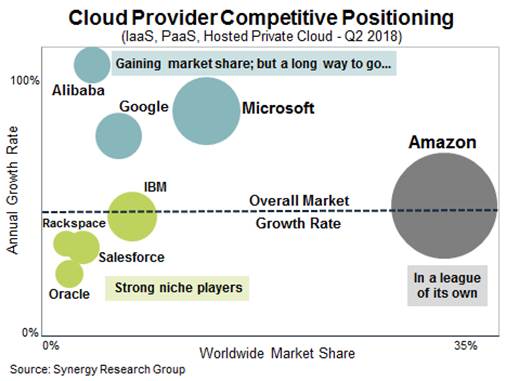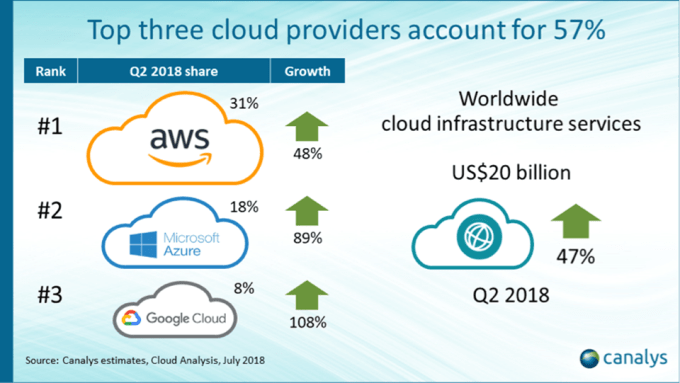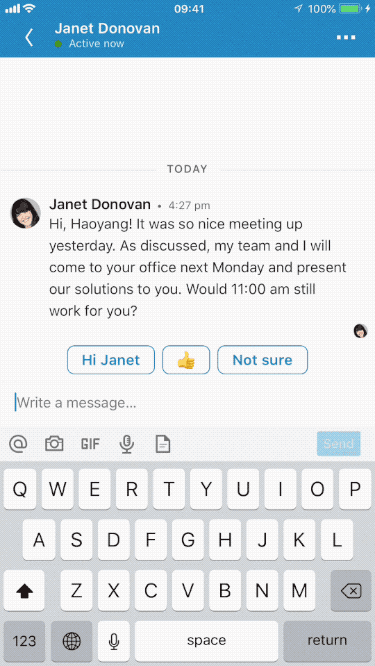Following Discovery Communications $14.6 acquisition of Scripps Networks Interactive in March, the company is now toying with the idea of launching its own direct-to-consumer service. According to remarks made by Discovery CEO David Zaslav at an industry event, AdWeek reports [paywalled], the company is considering a service with all of Discovery’s networks at a price point of $5 to $8 per month.
Whether the service would be U.S.-only has not been determined, nor did the CEO hint at any kind of timeframe for a launch.
However, Zaslav did note that he was encouraged by other newcomers in the streaming space, including the low-cost skinny bundle Philo, and AT&T’s just launched WatchTV.
Discovery’s channels today are available on a number of the over-the-top live TV services, including WatchTV, which houses 30 of its networks.
Following its merger with Scripps, the company operates four of the top five cable networks for women 25-54, the exec also said – ID, HGTV, Food Network and TLC. And it accounts for 22 to 25 percent of the U.S. female audience on any given night, he claimed. That sizable chunk of the viewing audience, plus demand for its popular fare like “Shark Week,” could drive customers to a standalone service.

However, it’s unclear if that many consumers would pay for Discovery as a standalone offering, given how competitive the streaming landscape has become these days.
Beyond the big three – Netflix, Hulu and Amazon – consumers are being asked to consider a variety of other add-ons, ranging from premium cable networks like HBO, Showtime, Starz and Cinemax, to channels’ own apps, as with CBS All Access, to streaming sports services like fuboTV.
Then there are the over-the-top live TV offerings including Sling TV, Hulu with Live TV, YouTube TV, PlayStation Vue, AT&T’s DirecTV Now and Watch TV, and Philo.
It’s possible Discovery could have some success through Amazon’s Prime Video Channels, which allow consumers to build a true a la carte service.
Amazon’s Channels today reportedly account for 55 percent of all direct-to-consumer video subscriptions, and is growing. But critics have suggested that even with Scripps, Discovery would need to pick up another company to make its offering more appealing and competitive – especially in light of industry consolidation efforts, like Disney’s Fox acquisition, and its plans to take on Netflix in streaming in 2019, as well as AT&T’s purchase of Time Warner.
With so much choice today, and the high-quality, award-winning shows appearing on services like Netflix, Discovery’s traditional cable TV fare – like reality shows, home makeovers, animal documentaries, and cooking shows – may not have enough pull to support a standalone offering.



 Cheers to
Cheers to 
